m-dPEG®12-amido-dPEG®12-acid, product number QBD-10148, is a long, methyl-capped, discrete chain length polyethylene glycol (dPEG®) spacer. The effective length of the dPEG® spacer is about 24 ethylene oxide units (i.e., m-dPEG®24-acid) with an amide bond in the middle of the chain. The reactive end of the molecule terminates in a propionic acid group. The terminal propionic acid moiety can be coupled directly to free amines using EDC or another carbodiimide. Alternatively, converting the reactive end into an active ester permits the conjugation of the transformed product to free amines. N-hydroxysuccinimide (NHS), 2,3,5,6-tetrafluorophenol (TFP), and 2,3,4,5,6-pentafluorophenol (PFP) are typically used for this purpose.
m-dPEG®12-amido-dPEG®12-acid, product number QBD-10148, reacts with amine-functionalized surfaces (carbon nanotubes, nanoparticles made of silica or various metals, quantum dots, and similar types of products) or free amines on biomolecules. When used to coat surfaces or modify biomolecules, m-dPEG®12-amido-dPEG®12-acid reduces or eliminates non-specific binding and increases water solubility. Crucially, the elimination of non-specific binding may increase the signal-to-noise ratio in imaging applications and assays where this is a consideration. Please note that modifying the surface amines of biomolecules with this uncharged, methyl-capped dPEG® spacer may alter the overall charge of the resulting conjugates.
| Unit Size | 100 mg, 1000 mg |
|---|---|
| Molecular Weight | 1188.39; single compound |
| Chemical formula | C₅₃H₁₀₅NO₂₇ |
| CAS | N/A |
| Purity | > 96% |
| Spacers | dPEG® Spacer is 77 atoms and 91.3 Å |
| Shipping | Ambient |
| Typical solubility properties (for additional information contact Customer Support) | Methylene Chloride, Acetonitrile, DMSO, DMAC or DMF. |
| Storage and handling | -20°C; Always let come to room temperature before opening; be careful to limit exposure to moisture and restore under an inert atmosphere; stock solutions can be prepared with dry solvent and kept for several days (freeze when not in use). dPEG® pegylation compounds are generally hygroscopic and should be treated as such. This will be less noticeable with liquids, but the solids will become tacky and difficult to manipulate, if care is not taken to minimize air exposure. |
Greg T. Hermanson, Bioconjugate Techniques, 3rd Edition, Elsevier, Waltham, MA 02451, 2013, ISBN 978-0-12-382239-0; See Chapter 18, Discrete PEG Reagents, pp. 787-821, for a full overview of the dPEG® products.
Applicable patents and legal notices are available at legal notices.
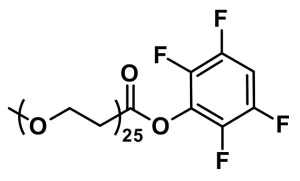
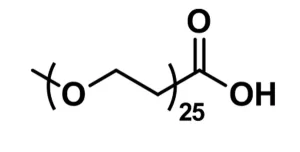
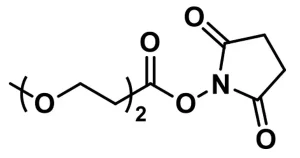
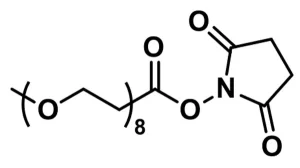
Stay in the Loop. Join Our Online Community
Products
Ordering
About Us
Application
Resources
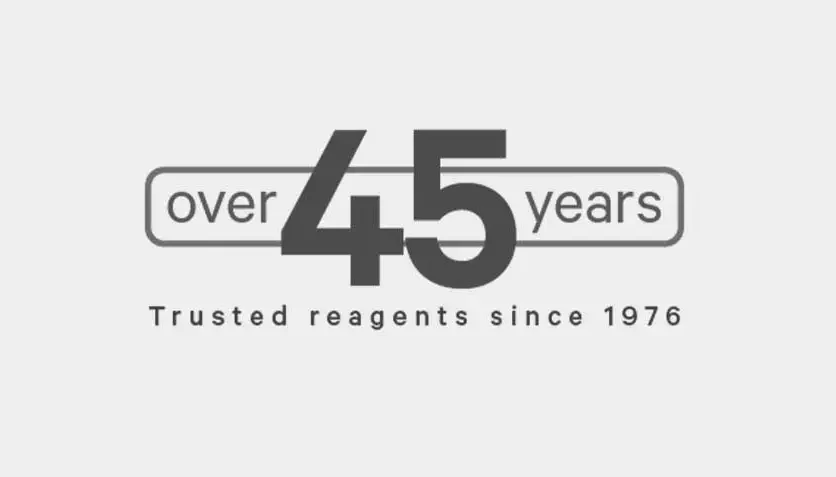
©Vector Laboratories, Inc. 2025 All Rights Reserved.
To provide the best experiences, we use technologies like cookies to store and/or access device information. Consenting to these technologies will allow us to process data such as browsing behavior or unique IDs on this site. Not consenting or withdrawing consent, may adversely affect certain features and functions. Privacy Statement
How do I Request a Quote?
To request a quote for products: